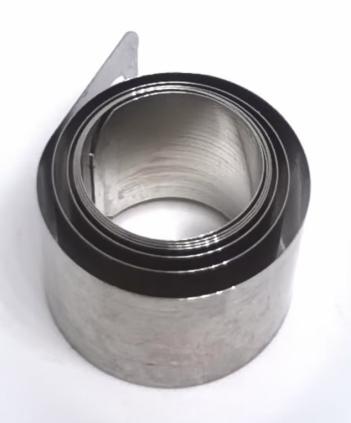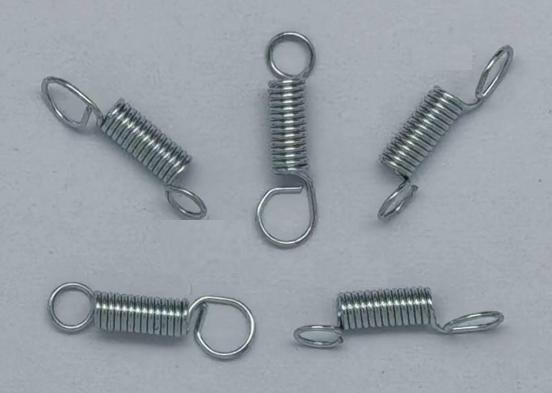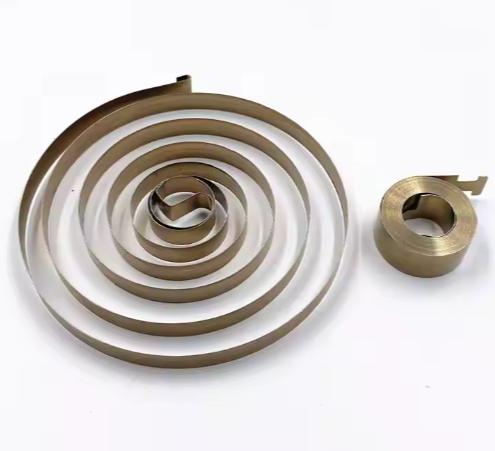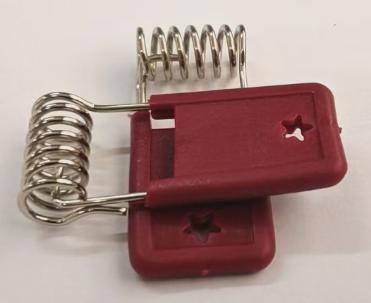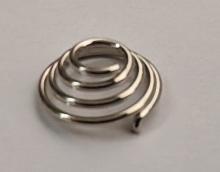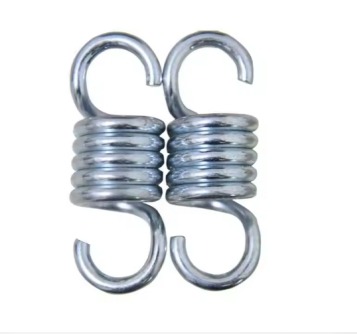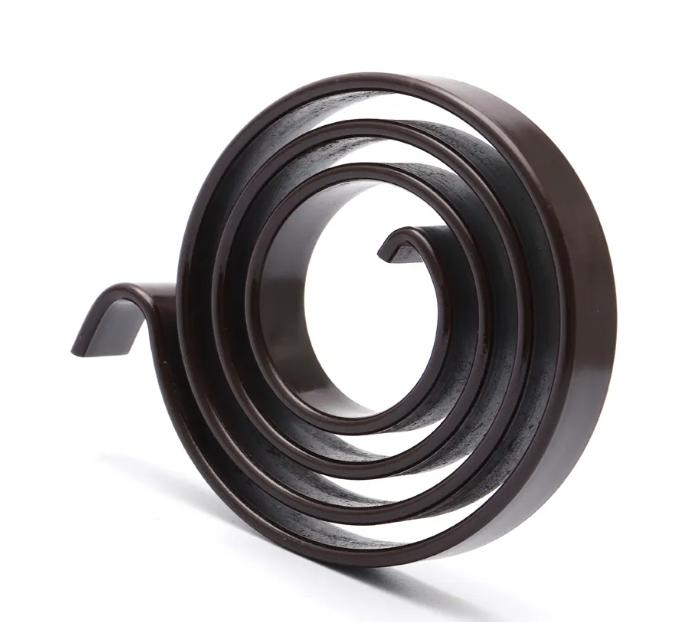How to Address Material Fatigue and Stress Analysis in Tension Springs
Tension springs, also known as extension springs, are critical components in many mechanical systems. The reliability and longevity of tension springs significantly depend on understanding material fatigue and conducting comprehensive stress analysis, which is essential for ensuring their efficiency and safety in various applications, including automotive, aerospace, and industrial machinery.
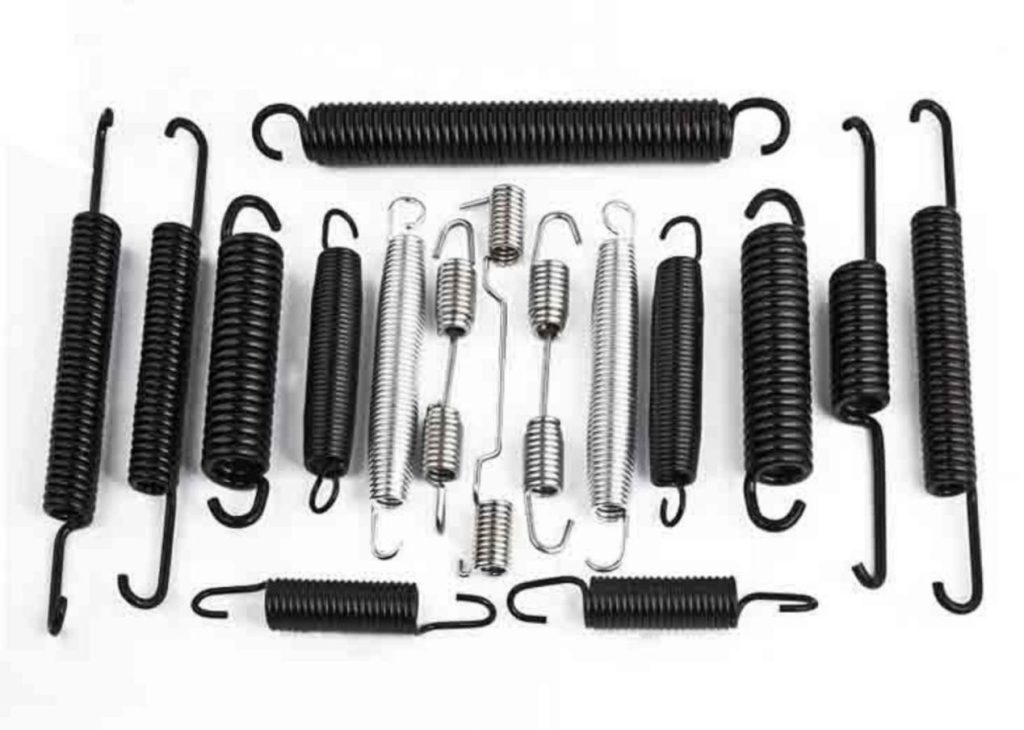
Material Fatigue in Tension Springs
Definition and Mechanism
Material fatigue is the progressive and localized structural damage that occurs when a material is subjected to cyclic loading. This phenomenon leads to the formation and growth of cracks, which can eventually cause sudden and catastrophic failure. In tension springs, fatigue results from repeated stretching and contracting as they operate under cyclic loads.
Causes of Material Fatigue in Tension Springs
1. Cyclic Loading
- Repeated Stress: Tension springs undergo repetitive loading and unloading cycles, leading to the accumulation of microscopic damage over time.
- Stress Range: The range of stress (difference between maximum and minimum stress) experienced by the spring affects fatigue life.
2. Stress Concentrations
- Geometry: Sharp corners, notches, and other geometric discontinuities can create stress concentrations, leading to localized high stress areas.
- Surface Defects: Scratches, dents, and other surface imperfections can act as stress risers, initiating fatigue cracks.
3. Material Properties
- Inherent Flaws: Microstructural features such as inclusions, voids, and grain boundaries can serve as initiation sites for fatigue cracks.
- Material Composition: The chemical composition and microstructure of the spring material influence its fatigue resistance.
4. Environmental Factors
- Corrosion: Exposure to corrosive environments can lead to stress corrosion cracking, significantly reducing fatigue life.
- Temperature: High temperatures can accelerate fatigue damage by promoting creep and oxidation.
Effects of Material Fatigue
- Crack Initiation: Fatigue cracks typically initiate at points of high stress concentration or material defects.
- Crack Propagation: Once initiated, cracks propagate with each load cycle, eventually leading to failure.
- Reduction in Load-Bearing Capacity: As fatigue damage accumulates, the spring’s ability to bear loads decreases, leading to loss of functionality and potential failure.
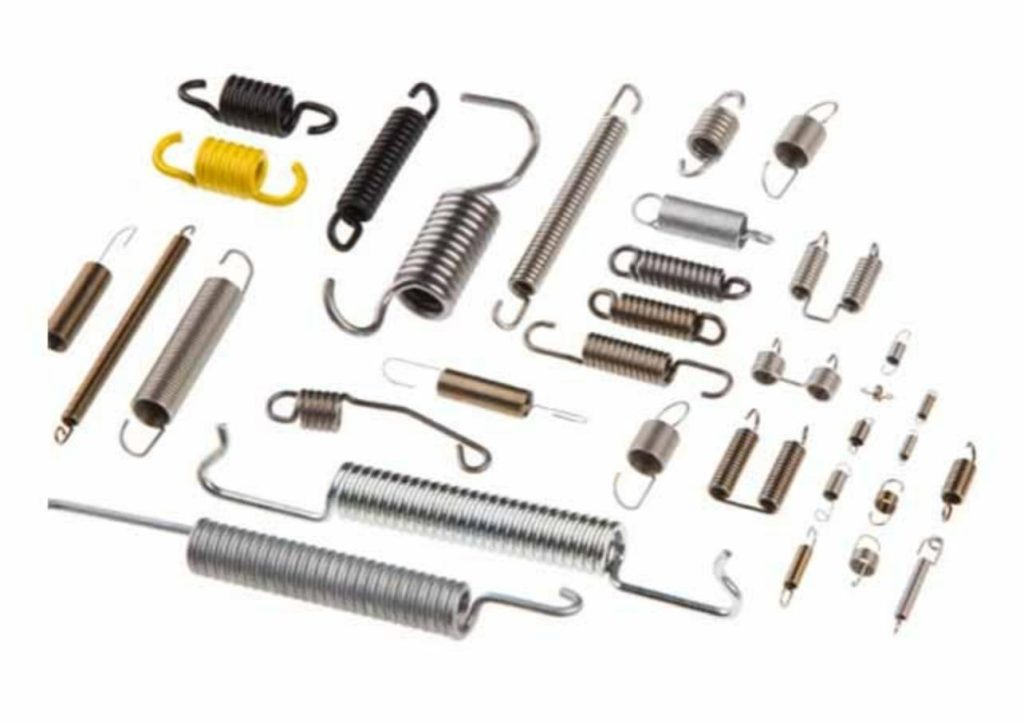
Stress Analysis in Tension Springs
Types of Stress in Tension Springs
| Type of Stress | Description |
| Axial Stress | Direct stress related to the force applied along the spring’s axis, with maximum stress when fully extended. |
| Shear Stress | Stress arising in the wire material due to the helical shape of the spring, significant in the design process. |
| Bending Stress | Stress arising in the wire material due to the helical shape of the spring, is significant in the design process. |
Common Techniques Used in the Stress Analysis of Tension Springs
1. Analytical Methods
Utilizes classical formulas and equations, such as Hooke’s Law and S-N curves, to estimate stresses and predict fatigue life. These methods provide a theoretical understanding but may require simplifications.
2. Finite Element Analysis (FEA)
Purpose: Provides a detailed stress distribution within the spring.
Process
- Modeling: Create a 3D model of the spring.
- Meshing: Discretize the model into finite elements.
- Loading: Apply the tension load conditions.
- Solving: Use software to solve the stress distribution.
- Post-Processing: Analyze the results to identify maximum stress points and potential failure zones.
3. Experimental Methods
Strain Gauges
- Purpose: Measure the strain (deformation) directly on the spring surface.
- Application: Attach strain gauges to critical points on the spring.
- Output: Convert strain measurements to stress using material properties.
Load Testing
- Purpose: Determine the spring’s performance under various loads.
- Method: Apply controlled loads to the spring and measure its deformation and response.
- Analysis: Compare experimental results with theoretical predictions to validate the design.
4. Considerations for Stress Analysis
Material Properties
- Young’s Modulus: Stiffness of the material.
- Poisson’s Ratio: Degree of contraction in directions perpendicular to the applied load.
- Ultimate Tensile Strength (UTS): Maximum stress the material can withstand.
Geometric Factors
- Coil Diameter: Affects the spring’s stiffness and stress distribution.
- Wire Diameter: Influences stress concentration and strength.
Manufacturing Processes
- Cold Coiling: Can introduce residual stresses.
- Heat Treatment: Relieves internal stresses and improves material properties.
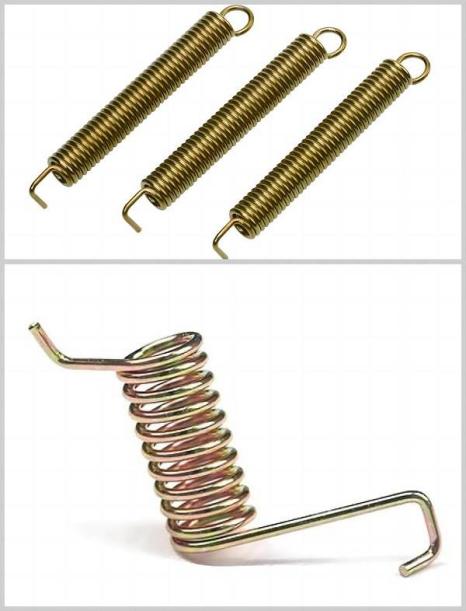
Strategies for Mitigating Material Fatigue and Optimizing Stress Analysis
1. Material Selection
High-Strength Materials
- Use materials with high fatigue strength: Materials such as alloy steels, stainless steels, and certain high-strength composites offer better resistance to fatigue.
Fatigue-Resistant Alloys
- Specialized alloys: Consider using materials specifically designed for high-cycle fatigue applications, such as maraging steels or certain titanium alloys.
2. Design Optimization
Stress Concentration Reduction
- Smooth transitions: Avoid sharp corners and sudden changes in cross-section.
- Fillets and radii: Incorporate generous fillets and rounded transitions to minimize stress risers.
Load Distribution
- Uniform load application: Design components to distribute loads more evenly across the material.
- Preload: In tension spring design, applying a preload can help keep the spring coils in contact, reducing the chance of fatigue failure.
3. Surface Treatments
Shot Peening
- Induce compressive residual stresses: Shot peening creates a compressive layer on the surface, which helps to counteract tensile stresses that cause fatigue cracks.
Surface Hardening
- Case hardening techniques: Methods such as carburizing, nitriding, and induction hardening improve surface hardness, reducing wear and fatigue.
Coatings
- Protective coatings: Applying coatings like cadmium plating, zinc plating, or advanced coatings (e.g., DLC) can protect against corrosion and surface fatigue.
4. Manufacturing Process Control
Quality Control
- Consistent material properties: Ensure uniform material quality and consistency through stringent quality control measures during manufacturing.
- Process Optimization: Optimize processes like forming, coiling, and heat treatment to minimize residual stresses and defects.
Residual Stress Management
- Stress relief annealing: Apply heat treatment processes to relieve residual stresses induced during manufacturing.
5. Fatigue Testing and Analysis
Fatigue Life Prediction
- S-N Curves: Utilize stress-life (S-N) curves to predict fatigue life under cyclic loading conditions.
- Fracture Mechanics: Apply fracture mechanics principles to understand crack initiation and propagation.
Experimental Testing
- Load testing: Perform cyclic load testing to simulate operational conditions and identify potential failure points.
- Strain Gauges: Use strain gauges to monitor stress distribution and deformation in real time.
6. Finite Element Analysis (FEA)
Detailed Modeling
- Accurate models: Create detailed finite element models to simulate stress distribution and identify high-stress areas.
Dynamic Analysis
- Time-dependent simulations: Perform dynamic FEA to study the effects of cyclic loads over time, considering real-world operating conditions.
7. Regular Maintenance and Inspection
Routine Inspections
- Scheduled checks: Implement regular inspection schedules to detect early signs of fatigue or wear.
- Non-Destructive Testing (NDT): Techniques like ultrasonic testing, magnetic particle inspection, and dye penetrant testing can detect surface and subsurface flaws.
Maintenance Interventions
- Component replacement: Replace worn or fatigued components before they fail.
- Lubrication and Protection: Regularly lubricate moving parts to reduce friction and wear.
8. Design for Redundancy
Redundant Systems
- Multiple load paths: Design systems with redundant load paths to ensure that if one component fails, others can take up the load, preventing catastrophic failure.
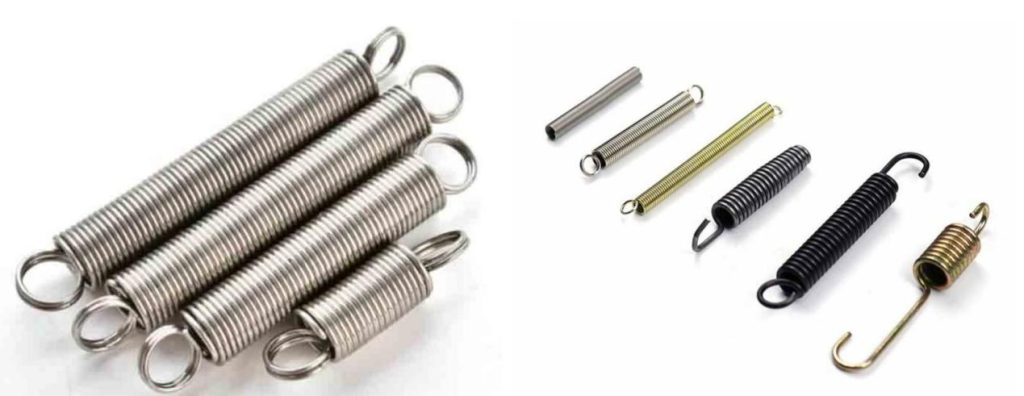
Conclusion
Understanding and addressing material fatigue and stress analysis are paramount for ensuring durability and performance of tension springs. Through a combination of advanced materials, precise design, and diligent maintenance, the risks associated with fatigue can be mitigated, leading to safer and more reliable mechanical systems.

